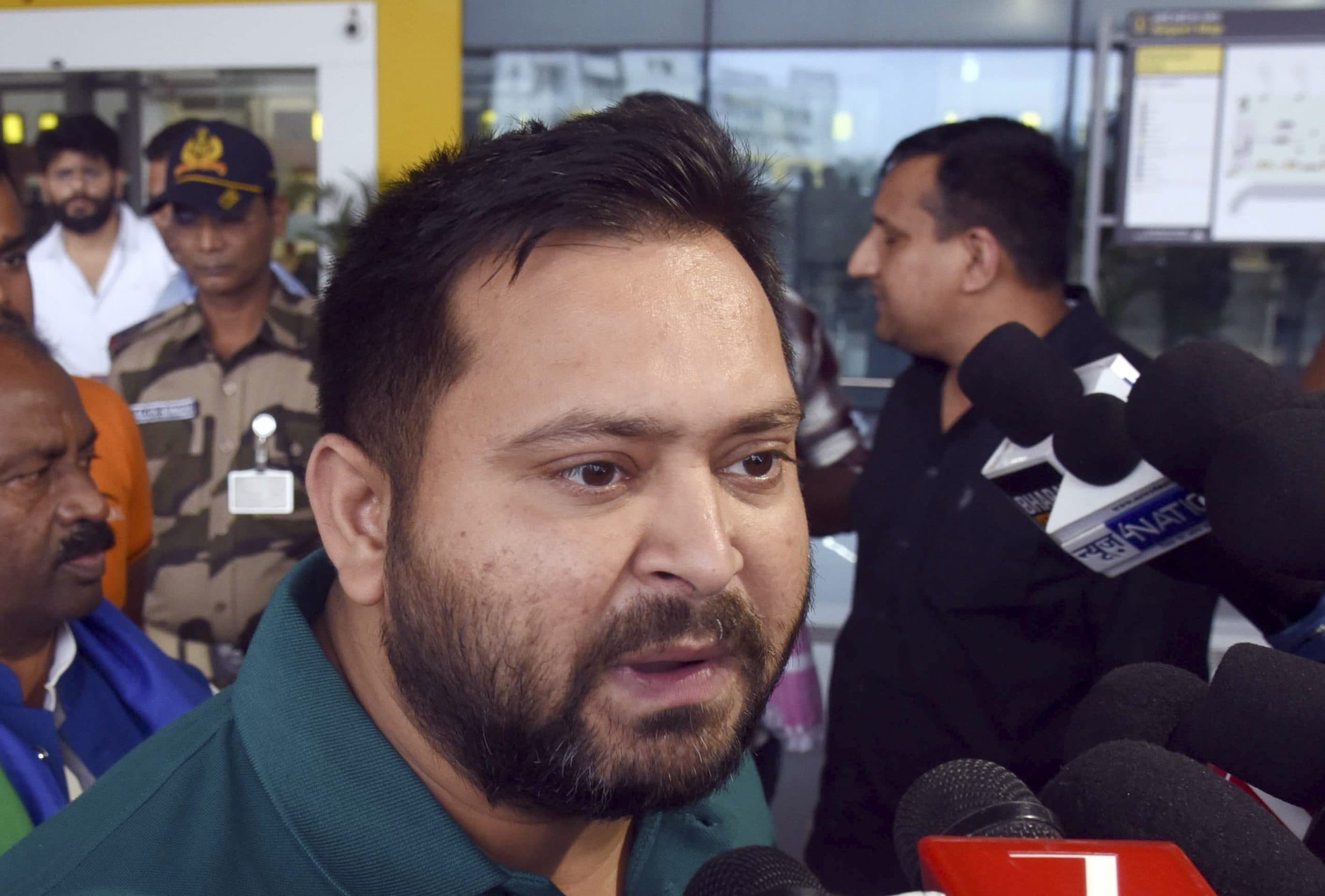Urban floods and cloudbursts have surged across the globe, including India, over the past few years, with notable incidents in 2023 and 2024 in Himachal Pradesh and Mumbai. These sudden, intense rain events, exceeding 100 mm per hour, have caused widespread devastation, submerging cities and triggering landslides. The increase, observed since 2020, is linked to climate change, rapid urbanization, and fragile infrastructure, leaving experts and residents questioning preparedness as the 2025 monsoon season intensifies.
In This Article:
A Growing Threat
The frequency of cloudbursts—sudden downpours often mistaken for regular rain—has spiked, with Himachal Pradesh reporting multiple events in June 2025 alone. Urban areas like Mumbai and Chennai face flash floods due to overwhelmed drainage systems, worsened by concrete landscapes that block water absorption. Data suggests a 50% rise in heavy precipitation events this century, with 20-24% more people now in flood-prone zones since 2000, highlighting a clear upward trend in vulnerability.
Climate Change and Human Impact
Warmer air, holding up to 9% more moisture due to a 2°F temperature rise since 1920, fuels heavier rainfalls, turning life-giving showers into disasters. Deforestation and urban sprawl exacerbate the issue, reducing natural water retention. In mountainous regions, melting glaciers form new glacial lakes, increasing flash flood risks. Critics argue that while climate models predict these shifts, the rapid pace challenges established narratives, suggesting underreported smaller events may mask the true scale.
Infrastructure Under Strain
Aging stormwater systems, designed for past rainfall patterns, fail under current extremes. In India, 75% of annual rain falls in four monsoon months, straining rivers like the Ganga and Brahmaputra. Urban planning often ignores floodplains, locking in risks as populations grow. Some question if government responses, like dam management, prioritize development over resilience, with poor maintenance cited in recent breaches.
The Way Forward
This trend leaves little doubt: urban floods and cloudbursts are the new normal. Communities need better forecasting, green infrastructure like wetlands, and stricter land-use policies. As the 2025 monsoon unfolds, the focus must shift from reactive relief to proactive adaptation, addressing both climate and human factors driving this crisis.
-By Manoj H




